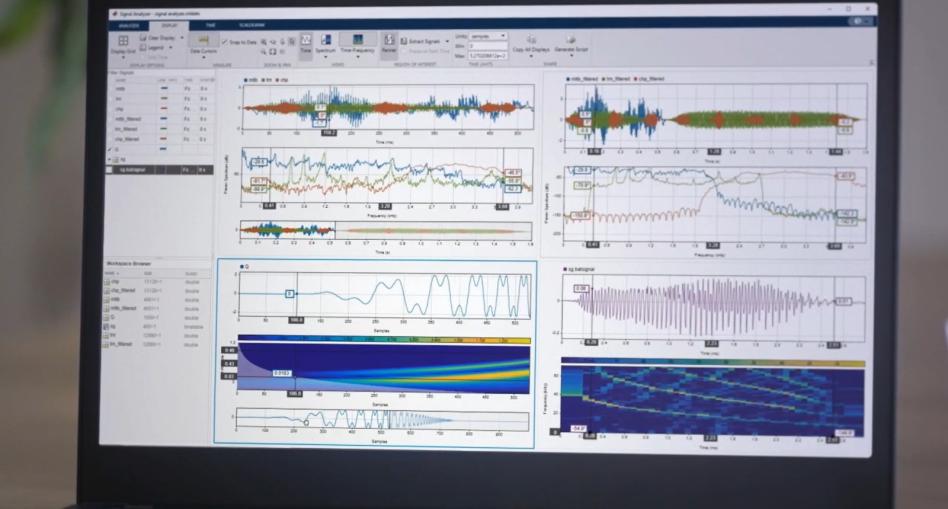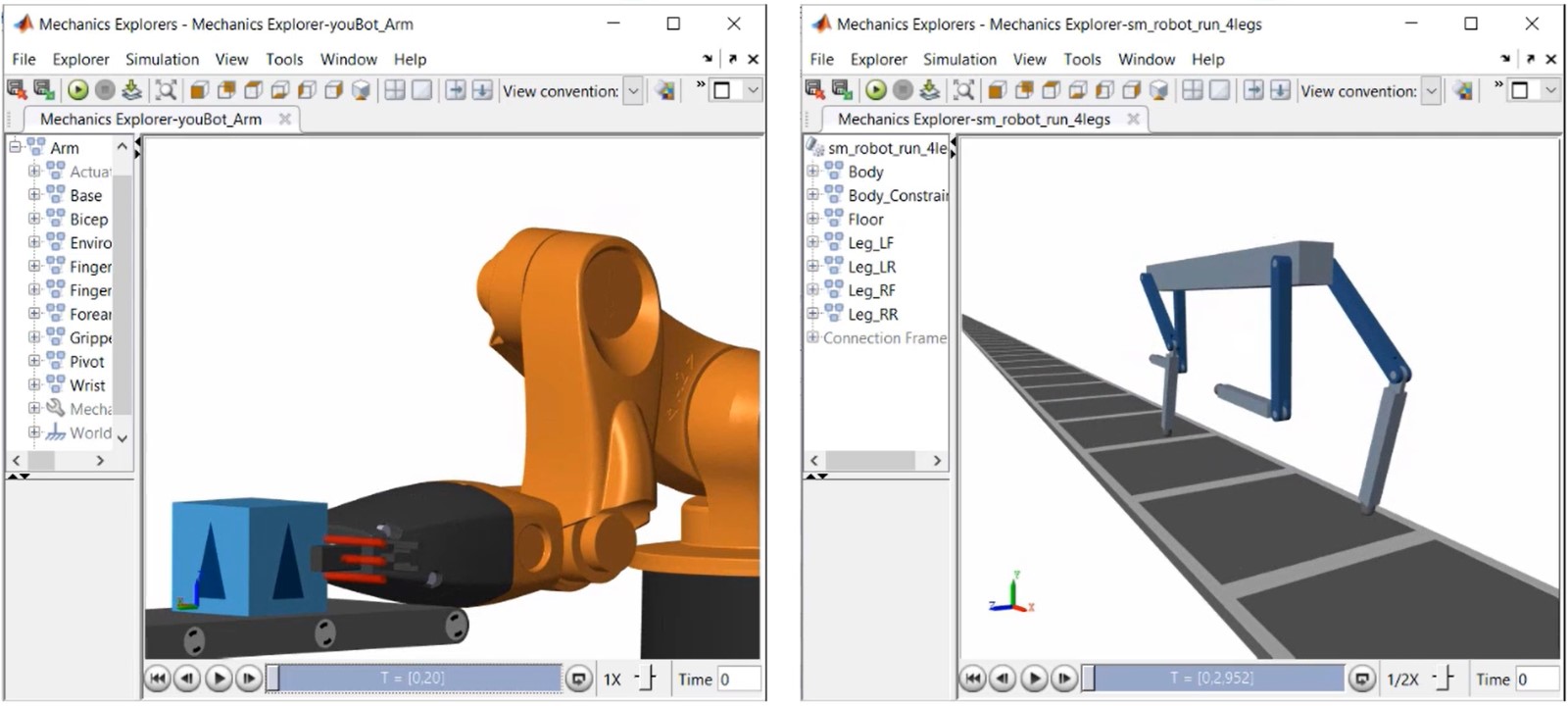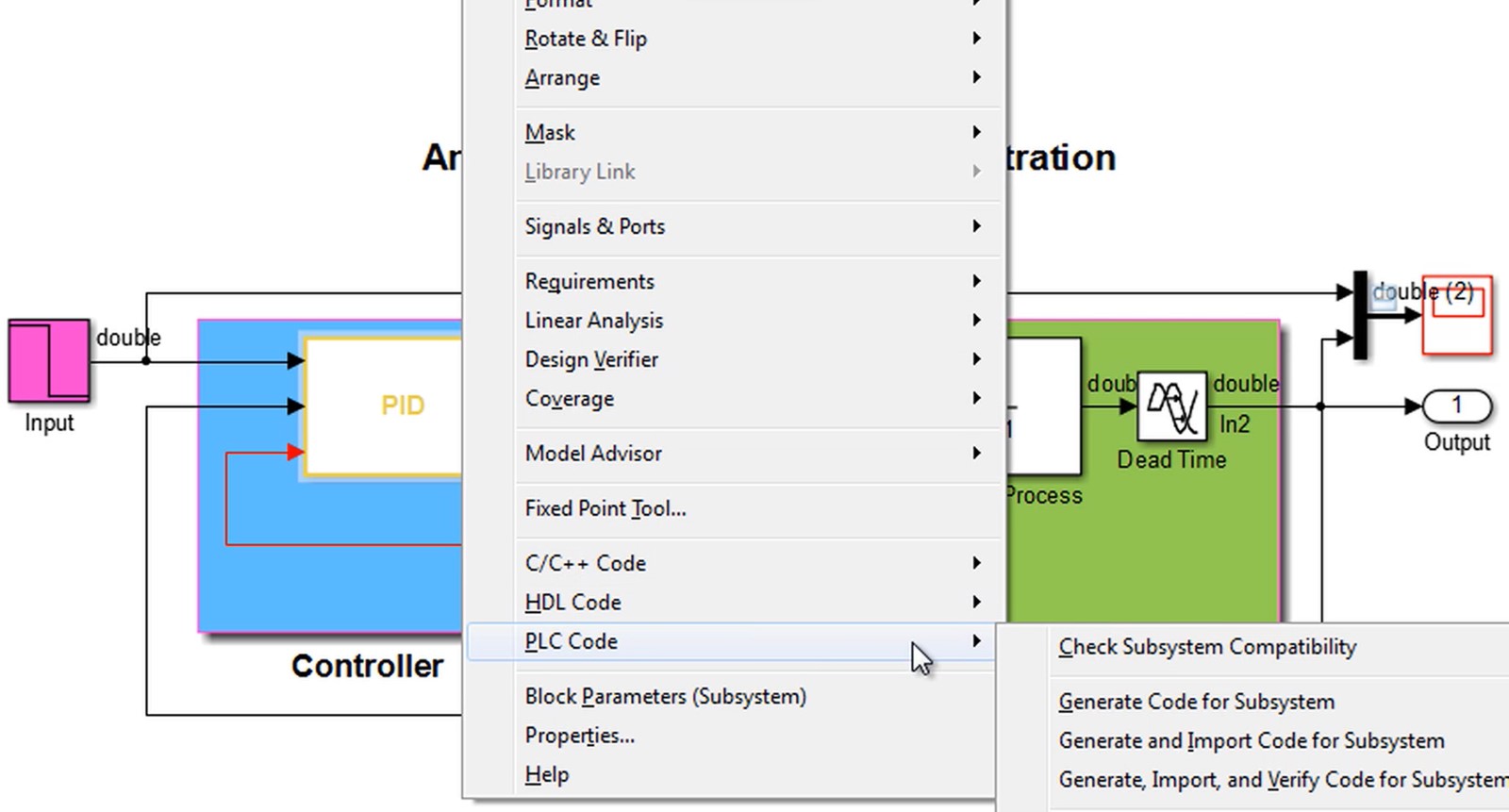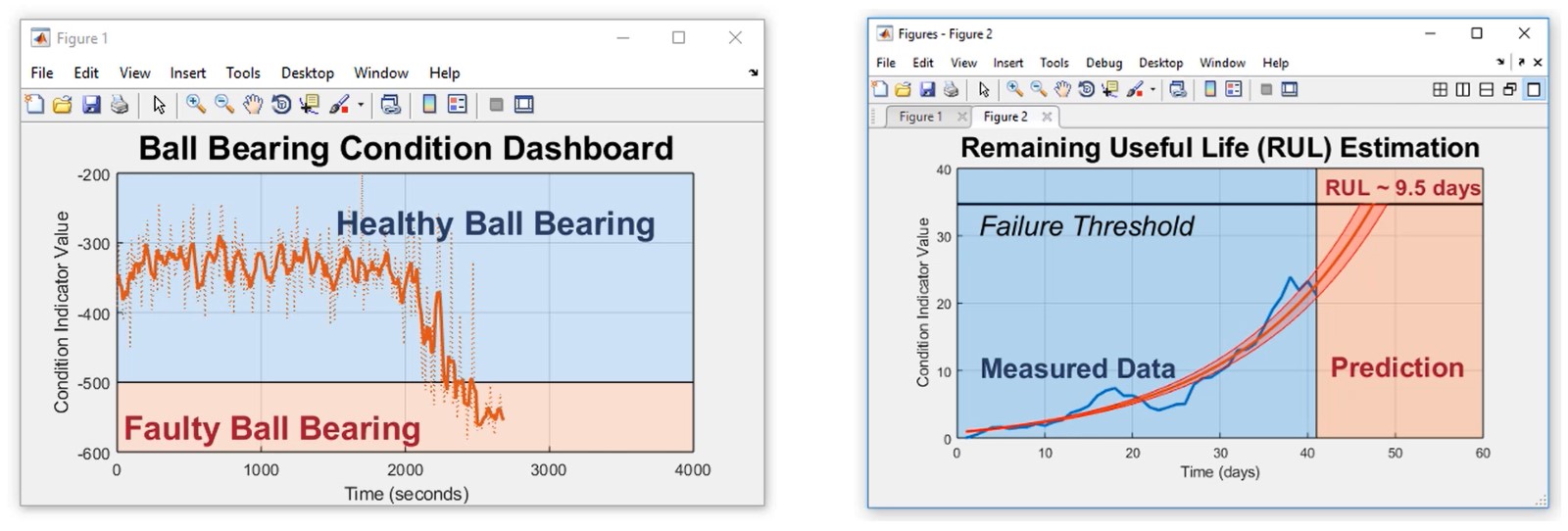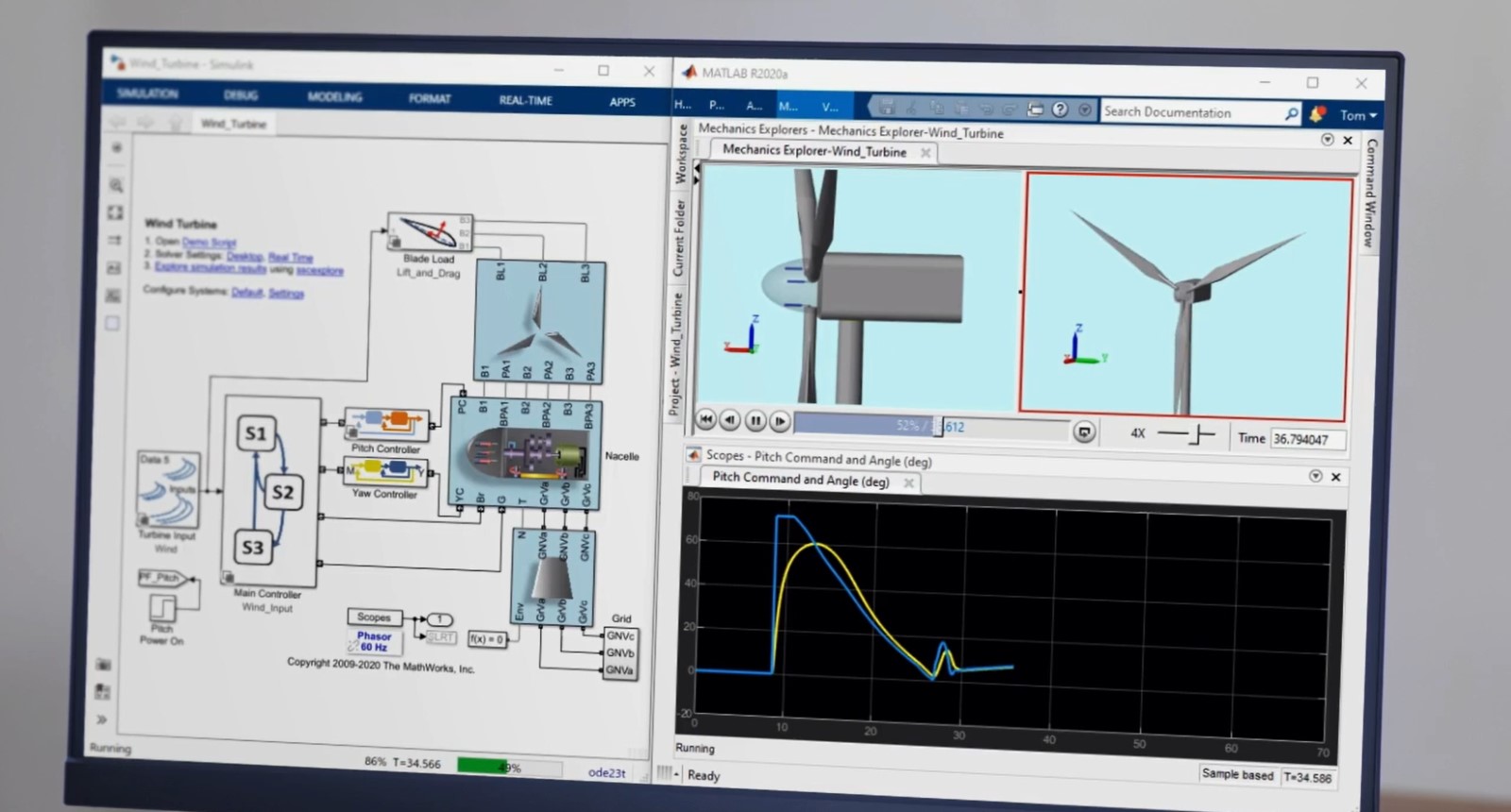Description
MATLAB® is a programming platform designed specifically for engineers and scientists to analyze and design systems and products that transform our world. The heart of MATLAB is the MATLAB language, a matrix-based language allowing the most natural expression of computational mathematics.
What can I do with MATLAB?
- Analyze data (e.g., manufacturing analytics, or equipment performance optimization)
- Develop algorithms (e.g., supervisory control, motor control, AI-based, predictive maintenance)
- Create models and applications
MATLAB lets you take your ideas from research to production by deploying to enterprise applications and embedded devices, as well as integrating with Simulink® and Model-Based Design.
You can extend MATLAB with thousands of packages and toolboxes. Some of the most popular MATLAB add-ons used for Industrial Automation and Machinery include:
- Stateflow®, a graphical language that includes state transition diagrams, flow charts, state transition tables, and truth tables
- Toolboxes for AI, Machine Learning and Deep Learning
- Reinforcement Learning Toolbox™
In addition, MATLAB includes interactive apps for when point-and-click is the best way to analyze and design.

